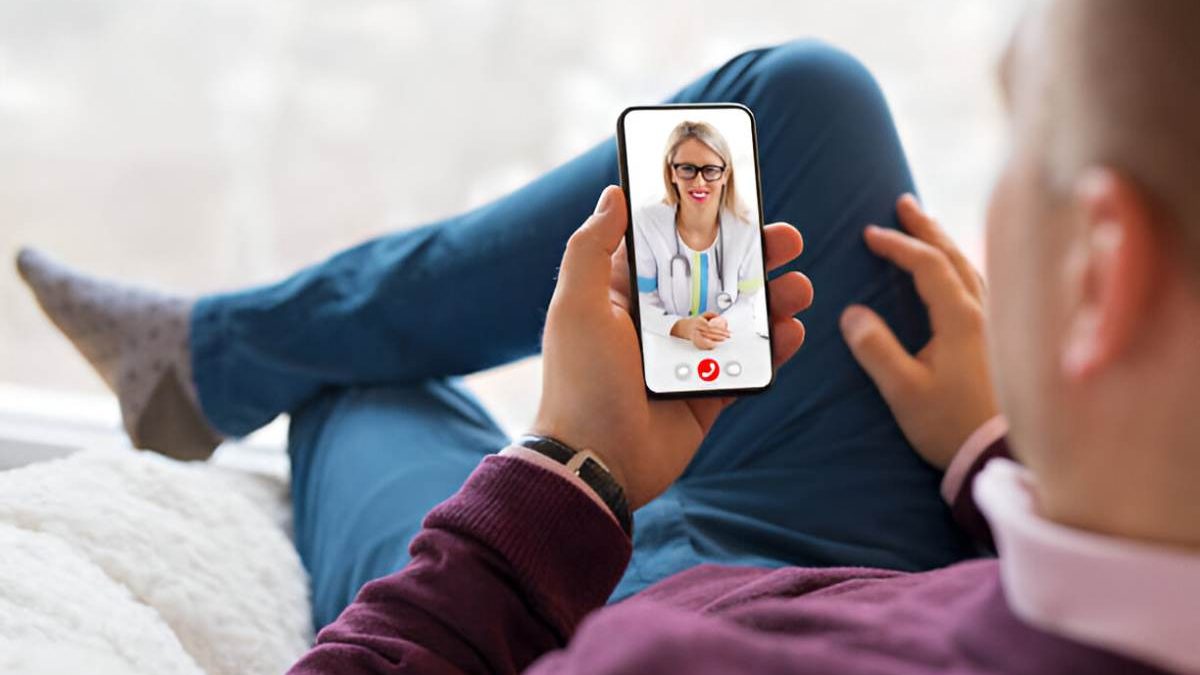Due to the growing influence of technology, patients across the globe have very little idea of the power that technology brings to the medical field. They are still waiting in long queues to see a physician. In contrast, today, the need of the patient is the focus of many doctors. Patients can easily find and choose the desired doctor and have a pleasant visit, all without leaving their house.
These platforms represent a new wave of inventions. The use of mobile phone applications for booking appointments at clinics, for instance, could not have been imagined just a few years ago. These platforms are able to improve the consumption of medical services by reducing expenditures and enhancing availability.
Table of Contents
Breaking Down Traditional Healthcare Barriers
Traditional health care previously suffered due to multiple perceived barriers, which excluded most of the people from seeking healthcare whenever necessary. For example, living in such an environment where people are geographically disadvantaged, a specialist could be situated many hours away. Additionally, with many work and family commitments as well as a dearth of transportation, a person can have challenges seeking specialized medical advice.
In contrast to the above, a patient can log into secure virtual consultation rooms with the further assistance of virtual doctors who conduct house visits and regard video apps as meeting the high standards of patient-doctor communication. By decentralized access, patients can also consult a dermatologist in New York while living in Montana on a farm, or a working parent can address a child’s illness during their lunch break instead of taking the whole day off.
Enhanced Patient Experience and Clinical Quality
Modern virtual doctors visit platforms provide an enhanced patient experience that often exceeds traditional in-person consultations in terms of convenience and thoroughness. Patients can participate in medical consultations from familiar, comfortable environments where they feel more relaxed and open about discussing sensitive health concerns.
The digital nature of virtual consultations enables superior documentation and follow-up care. Patients receive detailed treatment plans, medication instructions, and care summaries through secure digital channels that they can reference repeatedly. This comprehensive documentation often surpasses the brief verbal instructions typical of rushed in-person visits.
Healthcare providers using virtual platforms can dedicate focused attention to each patient without the distractions and time pressures common in traditional medical office settings. The ability to review patient histories, medical images, and relevant information during consultations enhances diagnostic accuracy and treatment planning.
Clinical Effectiveness and Safety Standards
Virtual doctors visit technology maintains rigorous clinical standards while leveraging digital tools to enhance medical care delivery. High-definition video capabilities allow healthcare providers to conduct thorough visual examinations, assess symptoms, and make accurate diagnoses for many common conditions.
The integration of digital health monitoring tools, patient-submitted photographs, and comprehensive medical history systems enables providers to gather more complete information than might be available during brief traditional office visits. This enhanced data collection supports more informed medical decision-making and personalized treatment approaches.
Future of Healthcare Accessibility
The evolution toward virtual doctors visit platforms represents a permanent shift in healthcare delivery that addresses fundamental challenges in medical accessibility, affordability, and quality.
Conclusion
Virtual doctors visit technology is ushering in a new era of accessible healthcare that prioritizes patient convenience while maintaining clinical excellence, creating opportunities for better health outcomes across diverse populations and geographic regions.

